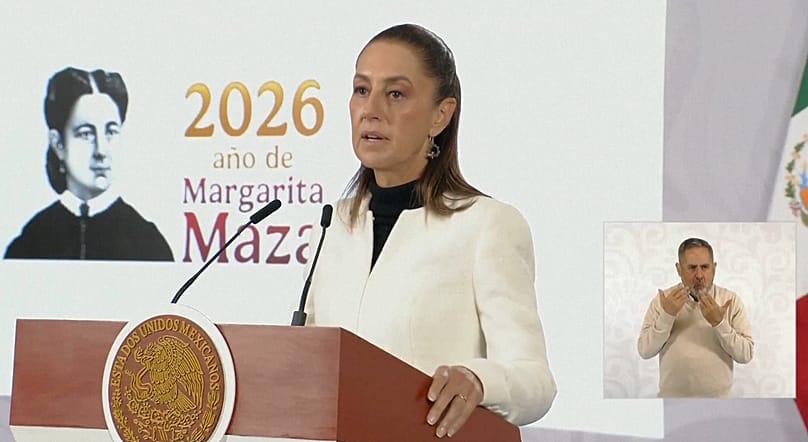New Zealand Smoke Free Future: What the World Can Learn!
New Zealand has set an ambitious goal: to become a smoke-free country by 2025. This means reducing the number of people who smoke to less than 5% of the population. The government believes that by making smoking less common, they can improve the health of the nation and save lives. Let’s explore how this goal can be achieved and why it can serve as a role model for other countries.
Why is New Zealand Aiming to Become Smoke-Free?
Smoking is a key cause of avoidable fatalities. In New Zealand, smoking-related illnesses kill thousands of people every year. By reducing smoking rates, New Zealand aims to lower the number of people who suffer from diseases like cancer, heart disease, and stroke.
Additionally, the harmful effects of secondhand smoke affect non-smokers, especially children. By encouraging people to quit smoking, the government hopes to protect everyone’s health, not just smokers.
New Zealand’s Bold Tobacco Law
In June 2022, New Zealand’s Labour government, under Jacinda Ardern’s leadership, introduced the Smokefree Environments and Regulated Products (Smoked Tobacco) Amendment Bill to Parliament. This groundbreaking bill aimed to ban the sale of smoking tobacco products to anyone born on or after January 1, 2009, creating a smoke-free generation. This initiative was part of New Zealand’s broader goal to become smoke-free by 2025, targeting future generations in the fight against tobacco use.
Key Strategies to Reach the 2025 Target
The government has developed several key strategies to make New Zealand smoke-free by 2025:
1. Raising Tobacco Prices: One of the most effective ways to reduce smoking is to increase the price of tobacco products. Higher prices discourage people from buying cigarettes, especially younger people who are more price-sensitive.
2. Strict Tobacco Laws: New Zealand has implemented strict laws to control where people can smoke. Smoking is banned in public places like parks, schools, and even some outdoor areas. There are also limits on tobacco advertising and plain packaging to make smoking less appealing.
3. Access to Quit Support: Smokers who want to quit can access free support services. This includes counseling, nicotine replacement therapies like patches and gum, and medications to help reduce cravings.
4. Reducing Access to Cigarettes: The government plans to gradually reduce the number of stores that can sell tobacco, making it harder for people to buy cigarettes. Additionally, the legal age to buy tobacco products will increase.
5. Focusing on Māori and Pacific Communities: Smoking rates are higher in New Zealand’s Māori and Pacific communities. The government is working closely with these communities to ensure they have access to culturally appropriate resources and support to quit smoking.
Global Smoking Rates
In Nauru, almost 50% of people aged 15 and older use tobacco, making it the country with the highest smoking rate globally. Other countries with high tobacco use include Indonesia, Russia, and several Eastern European nations, where smoking remains a prevalent part of daily life despite global efforts to reduce tobacco consumption. Smoking rates vary widely across the world, with recent data showing declines in many high-income countries due to stricter regulations and public health campaigns. However, smoking remains prevalent in low- and middle-income nations, where tobacco control efforts are less robust. Countries like Indonesia and Russia still have high smoking rates, especially among men, while nations such as Australia and the UK have seen significant drops. Despite overall global progress, smoking remains a major public health issue, particularly in regions where tobacco use is deeply embedded in the culture.
How This Can Be a Role Model for the World
New Zealand’s smoke-free goal can inspire other countries to take similar steps to reduce smoking. Here’s why:
1. Clear Targets: Setting a clear goal, like New Zealand’s 2025 smoke-free target, gives governments, health organizations, and communities something to work towards. It inspires a profound sense of urgency and focus.
2. Comprehensive Approach: New Zealand is tackling smoking from all angles—pricing, law enforcement, education, and support. This shows that a multi-faceted approach works better than focusing on just one method.
3. Focus on Equity: By paying attention to vulnerable groups like the Māori and Pacific populations, New Zealand is setting an example for how to address smoking in marginalized communities. This approach ensures that everyone gets the help they need to quit.
4. Reducing Future Generations’ Exposure: Raising the legal age to buy tobacco and limiting access to cigarettes means fewer young people will take up smoking. This can prevent future generations from ever becoming smokers in the first place.
The Global Impact
If other countries follow New Zealand’s lead, the world could see a significant reduction in smoking-related deaths. Smoking is a global health crisis, and strategies like New Zealand’s can help other nations save millions of lives. With bold action and clear goals, a smoke-free future is possible worldwide.
Final Note
New Zealand’s journey toward becoming a smoke-free country by 2025 is an inspiring example of how a nation can prioritize public health. By using a mix of strong policies, public education, and support systems, they are on track to make smoking a thing of the past. If other countries take notice and follow suit, we could see a healthier, smoke-free world for future generations.


